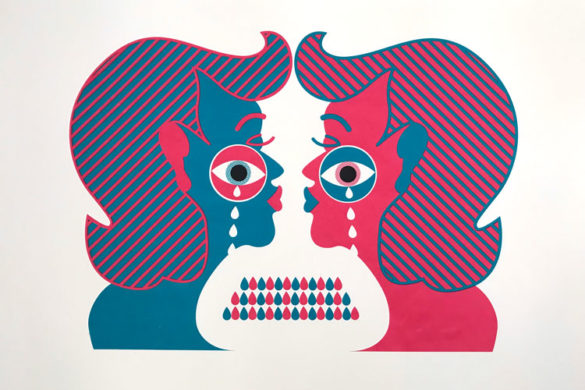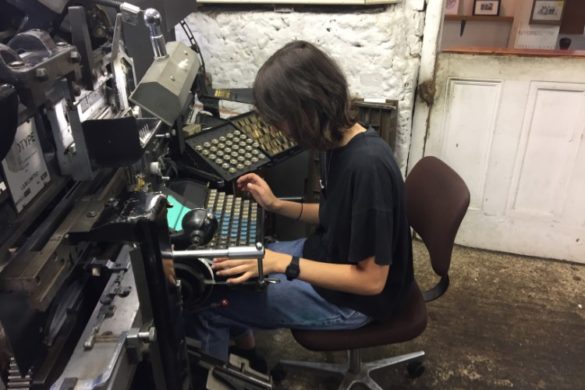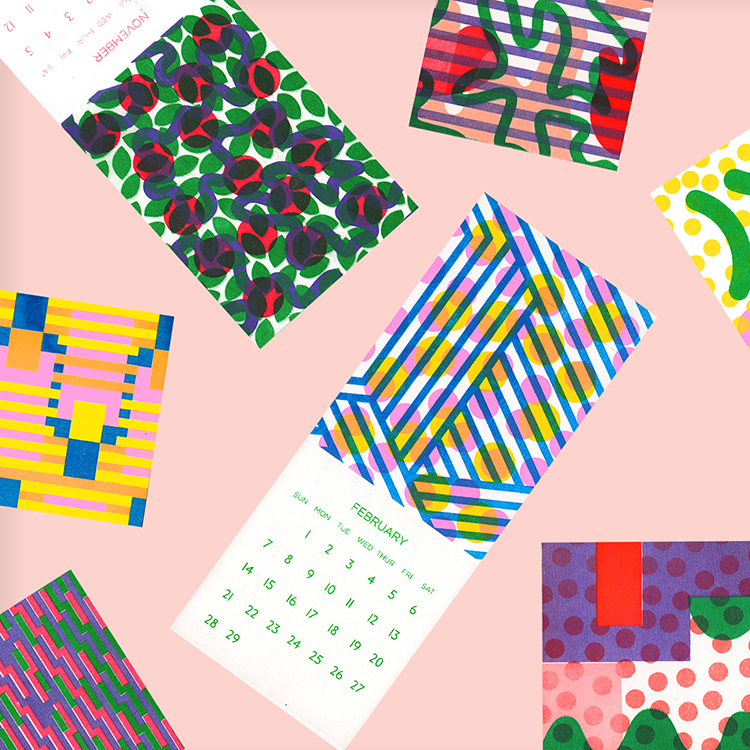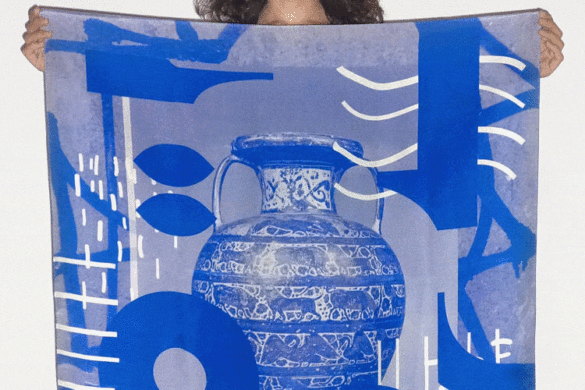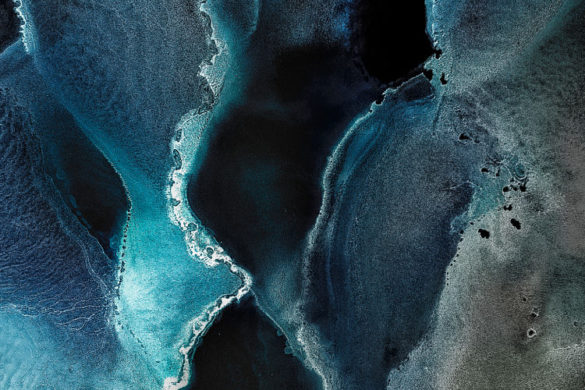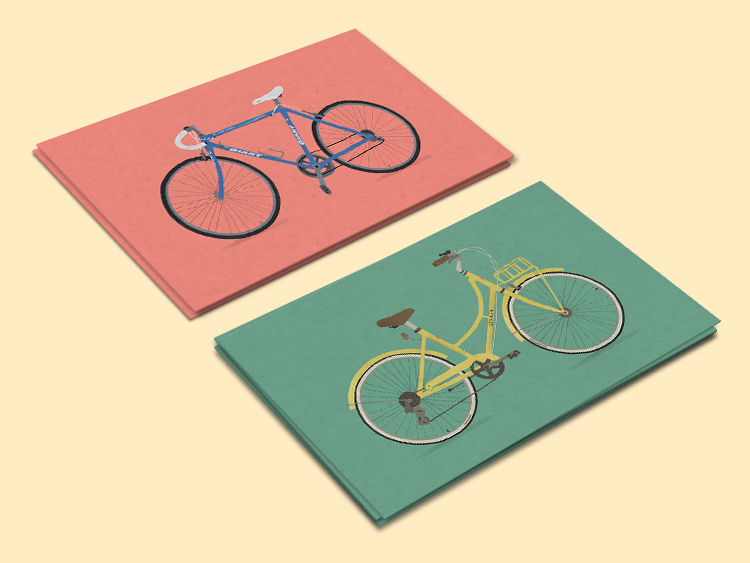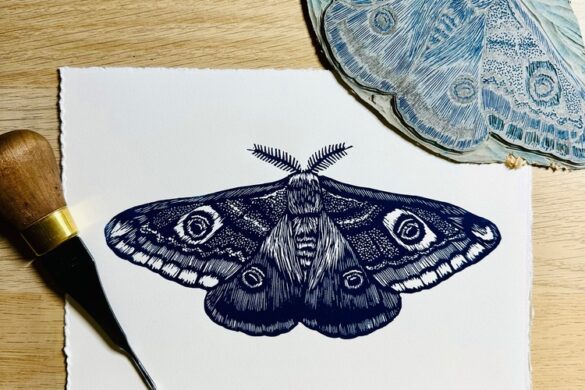Amy Burek is a San Fransciso based scientist, artist and sole member of her own club – Awkward Ladies Club. Her interests ‘include how cells become organisms, how letters become words, and how cat pictures become memes’. Her work reflects her fascination with how humans now communicate in a digital society and how we perceive ourselves.
Can you tell us a little about yourself and your background?
I live in the San Francisco bay area and work out of The Compound, a group studio space in Oakland, California. I am relatively new to printmaking. My background is originally in molecular biology, plant biology and microbiology, and I worked for a number of years in biotech. Chronic migraine has kept me from working full time since 2013, but it has given me time to cultivate an art practice, slowly. I learned letterpress printing and typesetting in 2012 and have been picking up other printmaking techniques here and there since.
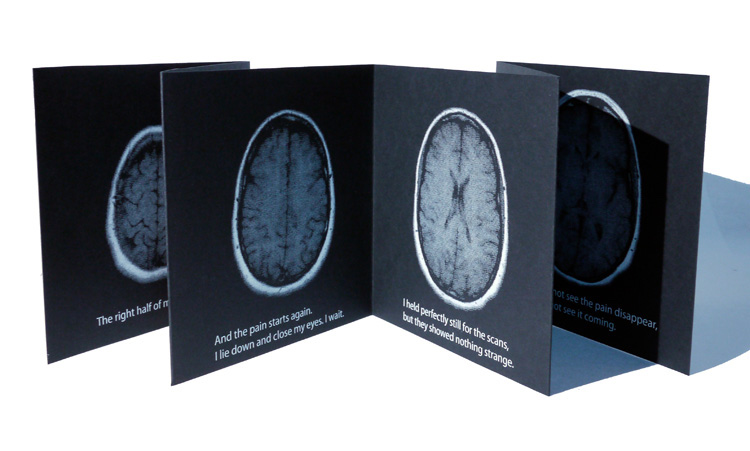
What is Awkward Ladies Club – why did you choose the name?
It’s a story from an old job – we had hired a woman who was so smart, beautiful, and personable. I really wanted to be her friend, and when I finally worked up the nerve to invite her out to lunch I stumbled over my words like a teenager asking a girl to prom. She said no – I was so heartbroken! When I told someone later what had happened, I supposed that she wouldn’t be joining my “awkward ladies club.” The phrase has kind of stuck with me since then.
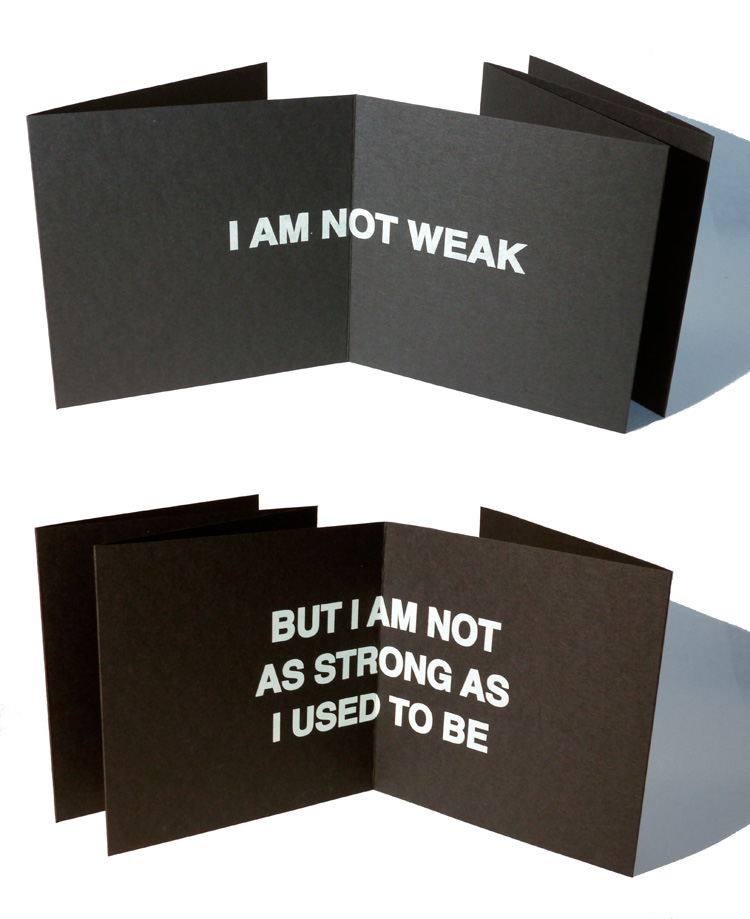
What are the main influences in your work?
I am curious about the ways we communicate and how communication changes depending on our audience and the methods that we use. The ways scientists communicate amongst themselves can be vastly different than how scientists communicate their findings with others. There has been a surge in enthusiasm for science, especially in fields such as astrophysics and genetics, but so much of what happens in the lab is inaccessible to the public. A lot of my work has simply been sharing some my favorite things: biotechnology techniques, cool microbes, and the history of genetics research.
I also love picking apart the ways we talk and connect on the internet. Now that blogs, twitter and facebook are fully integrated into our lives, I think it is time to find the humor in them.
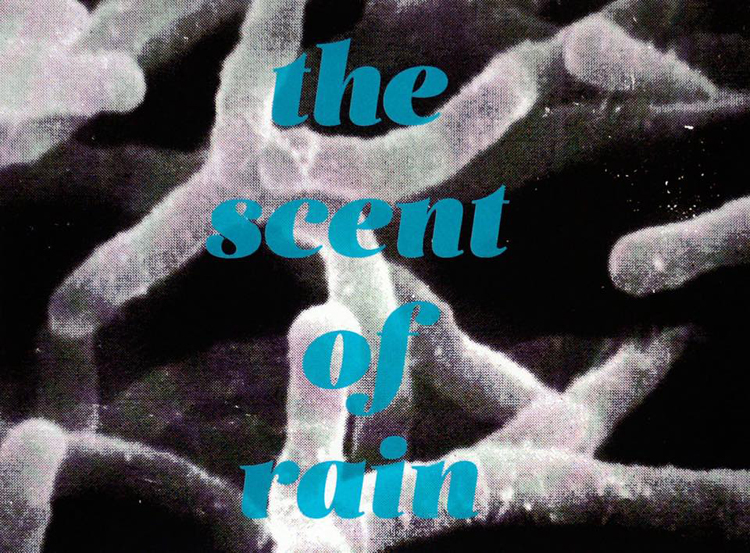
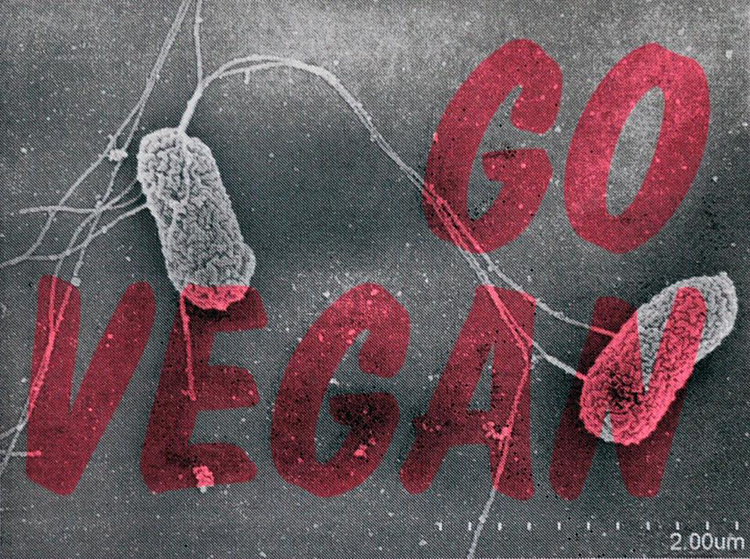
We are fascinated by your science + art pieces, how you get the images for these?
Most of these images are in the public domain. I’ve been spending a lot of time recently going through the Project Apollo Archive, which is an amazing source of scientific history. In the future, I would love to collaborate with friends and colleagues still in the sciences – I think we could find a way to add some wit and beauty to raw data.
The images I used for the book Half of My Head are from my own brain. My neurologist sent me out for an MRI scan when I first started treatment for migraine, and she gave me a copy of the file to keep for my records. A friend who had experience analyzing medical images helped me find a free demo of a software program used to handle MRI files. There is so much mystery surrounding migraines; I didn’t find any answers inside those images, but cracking open the file and taking a look for myself was cathartic.
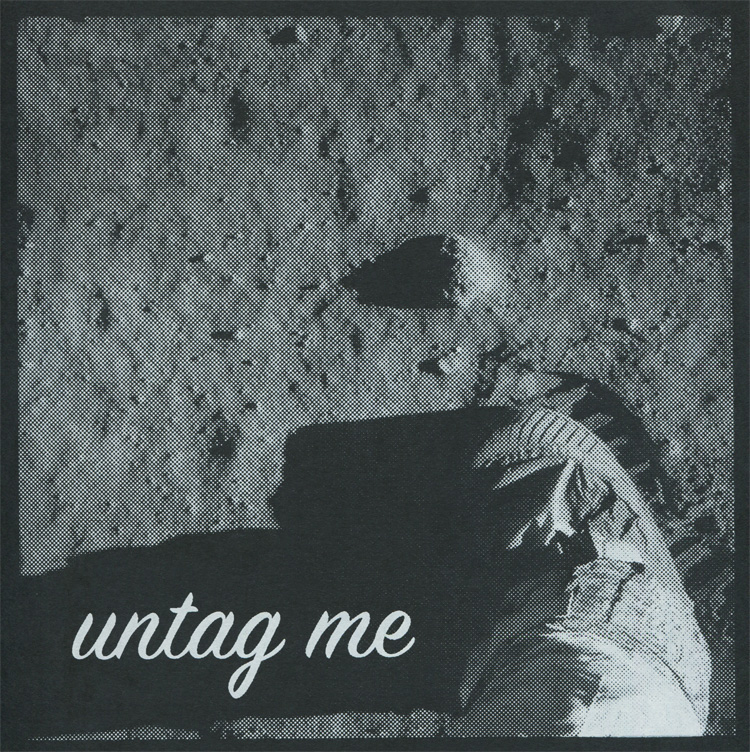
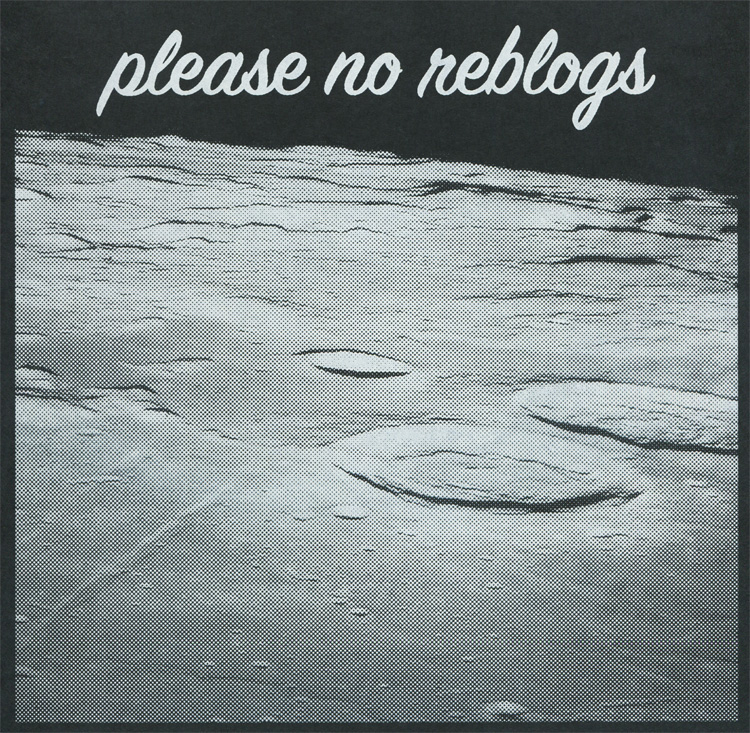
Can you tell us more about your printing processes, which is your favourite ?
Letterpress is my first love, and I keep returning to it because a lot of my work revolves around text. I’ve had the privilege to work with wonderful type collections at The Compound, were I work currently, as well as at the San Francisco Center for the Book, Kala Art Institute in Berkeley, California, and Druckwerk in Basel, Switzerland.
I also love silkscreen because you can do many things you can’t do in letterpress: large, flat swaths of color, easy printing with bright fluorescents and shiny metallics, printing on rigid surfaces and fabrics, and white on black! I love the look of white ink on black paper.
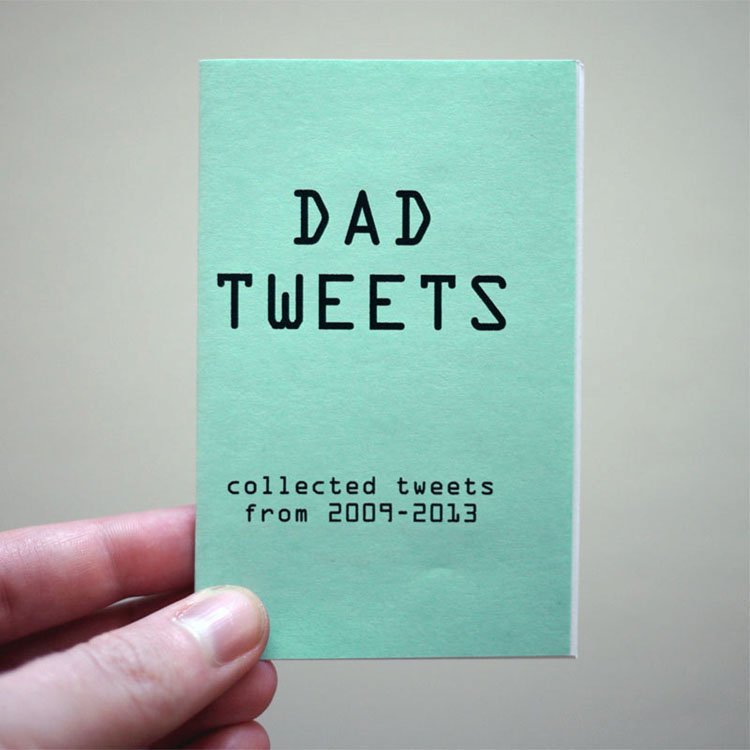
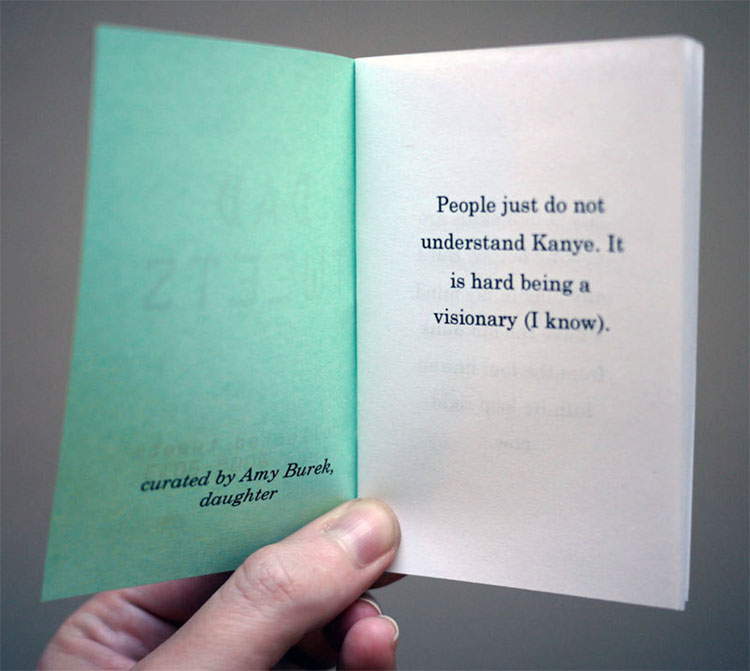
We love how your work puts social media and the internet onto paper, how important do you think it is to keep DIY publishing alive in the digital world?
There was a lot of worry in the early 2000s that the internet would kill the zine, but I think it’s pretty clear now that isn’t going to happen. The growth of zine and art book fairs around the world is a testament to that. Part of it is price – books are often less expensive than other art objects, making it easy to become a collector. But the other wonderful thing about zines is that there are few barriers to entry for new artists. A zine can be anything! Personally, I get a lot of joy out of creating physical objects and am really bad at blogging. I’m lucky that I can put the internet on paper and people still enjoy it.
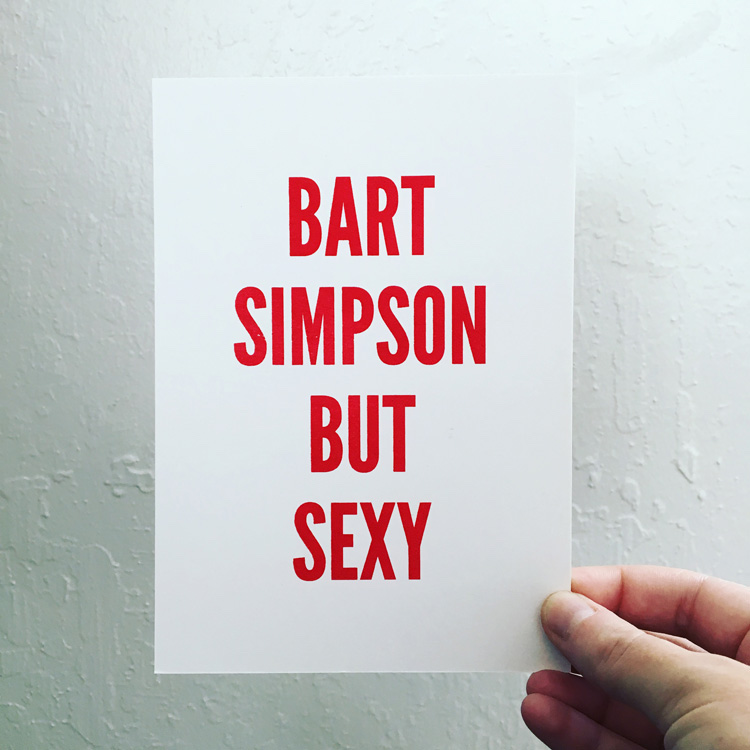
Any upcoming events or exhibitions you’d like to tell us about (anything you’d like to shamelessly plug haha)?
I have a few books at the Zine Society Library, which is currently on display at CentralTrak in Dallas, Texas. My last event for the year will be the East Bay Alternative Book and Zine Fest, which will be in December in Berkeley, California.
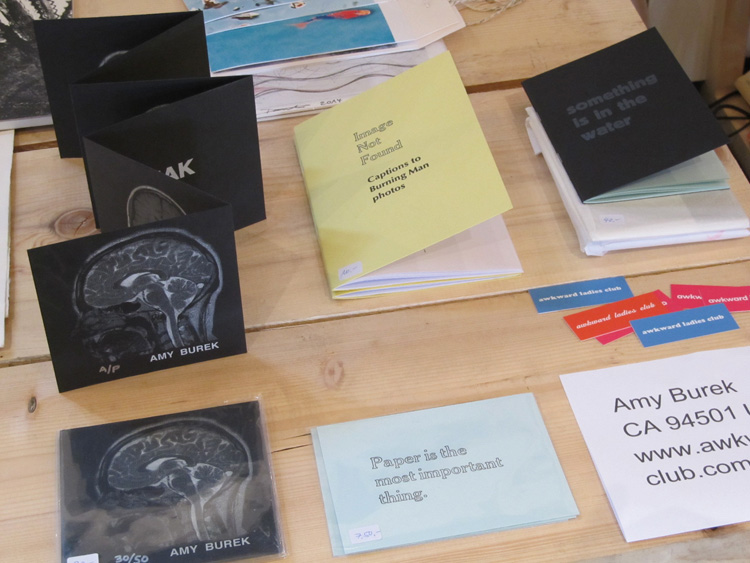
- Markless Design - May 18, 2016
- Beyoncé | Lemonade - May 9, 2016
- IKEA X Katie Eary | GILTIG Collection - May 3, 2016

